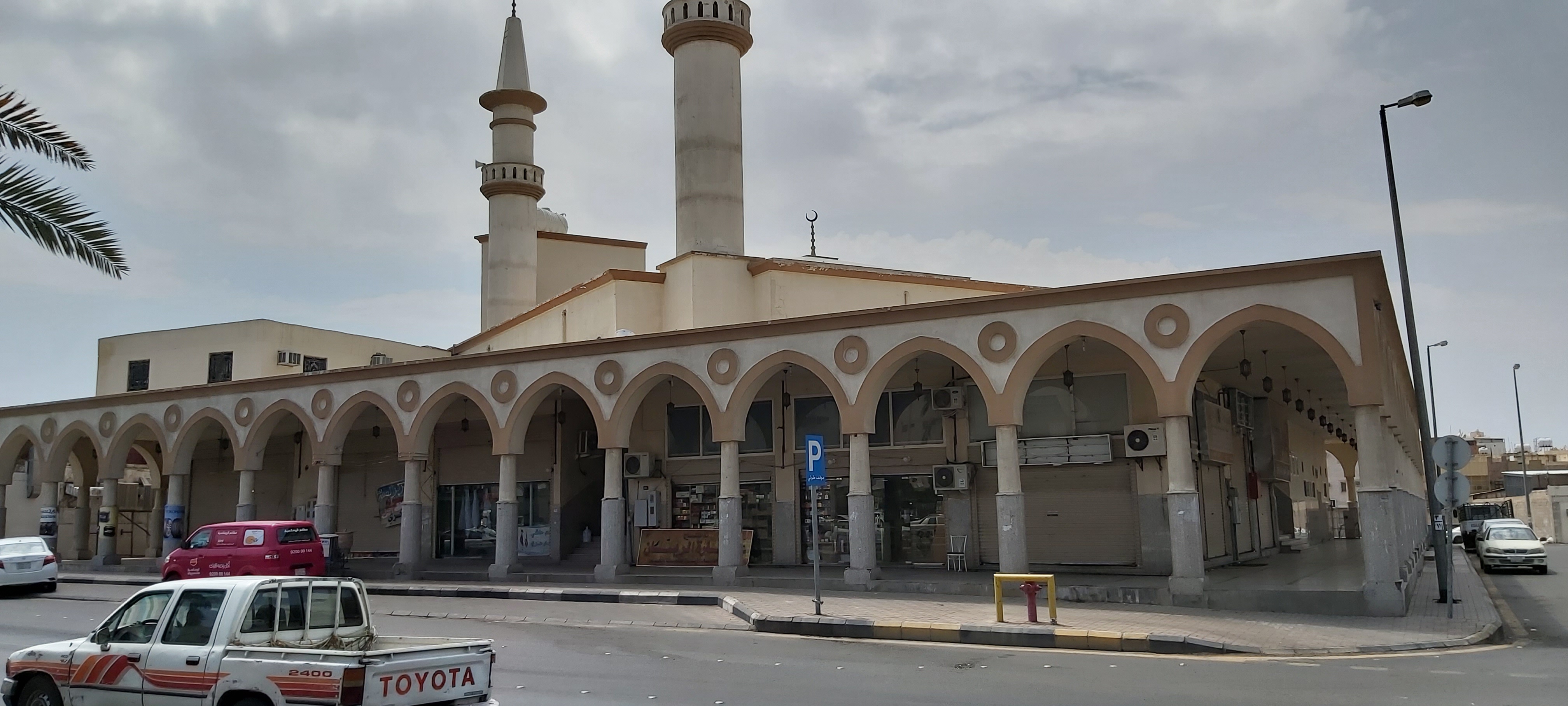Table of Contents
- Introduction
- Historical Background and Significance
- Location and Setting
- Architectural Features and Restoration
- The Prophet Muhammad’s (PBUH) Visit and Lessons
- Frequently Asked Questions (FAQs)
- Conclusion
Introduction
Medina is renowned for its religious heritage, and Al Manaratain Mosque plays a quiet but significant role in this landscape. Named after the two hills that surround it, this mosque provides an intimate glimpse into the spiritual journey of the early Muslim community. Though it may not be as prominent as other mosques in Medina, its historical and religious significance draws visitors seeking a deeper connection to Islamic history.
Historical Background and Significance
Al Manaratain Mosque was originally built by the companions of the Prophet Muhammad (PBUH) in a settlement of the Bani Dinar tribe. Due to its strategic location between two hills, the mosque became known as the "Mosque of the Two Towers." Constructed from rough stones, the mosque represents the simplicity and dedication that marked the early Islamic period. Over the years, the mosque has remained a testament to the spiritual devotion and resilience of Medina’s early inhabitants.
Location and Setting
The mosque is situated in the Al-Khudhar neighborhood on the southern outskirts of Medina. It is positioned near the old road to Mecca, between Amberiye Mosque and the two-mosque ring lane, just after a prominent gas station. Despite its historical value, the area remains relatively undeveloped, allowing visitors to experience the region's authentic and traditional atmosphere.
Architectural Features and Restoration
Initially a simple stone structure, the mosque was restored and expanded in 2003 during the reign of King Fahd bin Abdul Aziz. The renovation retained the mosque’s traditional architectural style while enhancing its facilities. The mosque now features modest minarets, a spacious prayer area, and a blend of ancient and modern Islamic architectural elements.
Photo Gallery





The Prophet Muhammad’s (PBUH) Visit and Lessons
A well-known incident in Islamic tradition is associated with the Al Manaratain Mosque. The Prophet Muhammad (PBUH) and his companions prayed at this location while traveling to Wadi Aqeeq. After performing the prayer, they encountered a dead goat by the roadside. The Prophet (PBUH) asked his companions about its value, to which they responded that it had no worth. The Prophet (PBUH) then remarked that the world holds even less value in the eyes of Allah compared to that dead goat’s worth to its owner. This incident underscores the transient nature of worldly life and highlights the importance of focusing on eternal values.
Conclusion
Al Manaratain Mosque offers a serene and spiritually enriching experience for those visiting Medina. From its historical roots in the Bani Dinar tribe to its association with the Prophet Muhammad (PBUH), the mosque stands as a symbol of the early Islamic community’s devotion and humility. Whether you’re drawn by its history, spiritual significance, or architectural charm, the Al Manaratain Mosque invites you to explore a lesser-known chapter in Medina’s rich Islamic heritage.
Frequently Asked Questions (FAQs)
1. Where is Al Manaratain Mosque located?
The mosque is located in the Al-Khudhar neighborhood of Medina, Saudi Arabia. It is near the old road leading to Mecca, positioned between the Amberiye Mosque and the two-mosque ring road, just after a gas station.
2. Why is it called the "Mosque of the Two Towers"?
The mosque is named "Al Manaratain" because it is situated between two hills that were metaphorically referred to as towers. These hills serve as natural landmarks in the area.
3. What is the historical significance of this mosque?
Al Manaratain Mosque was originally built by the companions of the Prophet Muhammad (PBUH) in the settlement of the Bani Dinar tribe. The mosque is associated with an important event in Islamic tradition where the Prophet (PBUH) offered prayers and shared valuable spiritual lessons.
4. Has the mosque been restored?
Yes, the mosque underwent significant restoration and expansion during the rule of King Fahd bin Abdul Aziz in 2003. The renovations preserved the mosque’s original character while updating its facilities.
5. Is the mosque accessible to visitors?
Yes, Al Manaratain Mosque is accessible to both locals and visitors. Its serene setting and historical value make it a meaningful stop for those exploring Medina’s Islamic landmarks.
6. What are the architectural features of the mosque?
The mosque features simple yet elegant minarets, a spacious prayer hall, and architectural elements that blend traditional and modern Islamic styles. The original rock-built structure has been carefully preserved during restoration.








